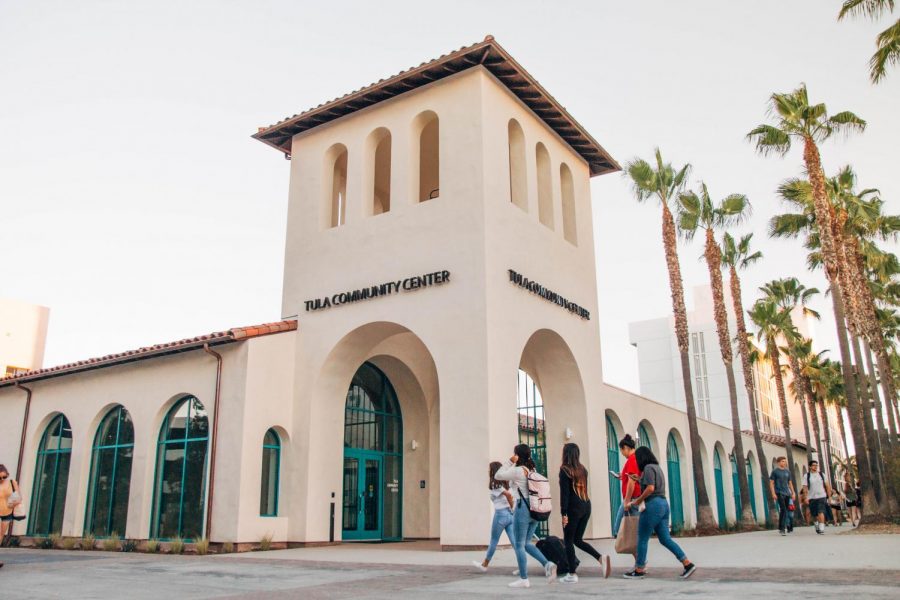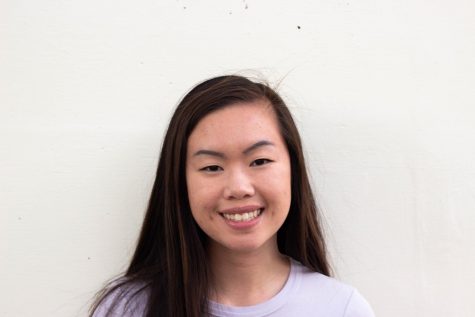The new Tula Community Center on campus has brought more of something students can’t seem to get enough of — spaces to gather.
Located on the east end of campus near numerous residence halls, the 9,000-square-foot and $12 million building finished construction in August 2018, 6 years after the plan originated. Construction began in the summer of 2017.
Before the building of Tula, a small turnaround lot sat atop the land. The previous community center, also named Tula, was attached to the Tenochca dorm and was heavily used by many dorm residents, SDSU staff and on-campus organizations.
However, with the growth of the university and constant improvements in technology, Director of Housing Eric Hansen said a more up-to-date space was much needed.
“The Tula Community Center is primarily intended to be used by the students, staff and faculty associated by the residential environment since it has been paid for by on-campus housing students,” Hansen said.
Wireless internet, indoor and outdoor speakers, projectors with screens and wireless microphones are just a few of the center’s features set in place to accommodate the technological needs of community members.
Within the 9,000-square-foot community center is a 2,500-square-foot courtyard and service kitchen. The inside conference area of the building can be sectioned into three separate, but equal, areas with movable dividers.
Kinesiology sophomore and residential advisor Carley Wallenburg said the new space has helped members of the Residential Education Office significantly, as they are highly involved with the university’s on-campus residents.
“REO uses Tula for all-halls (meetings), which are meetings with all of the REO staff,” Wallenburg said. “We used to meet in the Cuicacalli seminar room but the staff has outgrown that space. Tula easily accommodates our growing family and allows us to comfortably meet together in a beautiful space.”
Hansen said, in just a few weeks, the center has already experienced heavy usage.
“The Tula Community Center is used almost daily for residential-based classes, seminars, meetings and events,” Hansen said. “Currently, there are five non-residential student organizations that have requested to use the Tula Community Center. We have a few non-SDSU organizations that have reserved the space including one from the CSU Chancellor’s Office.”
As the school year continues, Hansen said he anticipates there will be an increase in reservations for Tula.
Phoebe Wang, business management junior and president of Cru, a Christian group on campus, said her club is one of many non-residential organizations that regularly use the center, reserving the space every Thursday night.
“Cru uses Tula because of its great location,” Wang said. “We like how it is in the middle of the dorms so students can stop by and see what is happening. We want to make sure they know they are welcome to our events.”
To book the space, non-residential student organizations and non-SDSU organizations must make their reservation online within a month. At least a third of the space must be reserved and the fee is determined on the desired size space.
According to the SDSU housing website, on-campus residents and residence hall staff may use the center free of charge. For SDSU departments or student organizations, costs for renting a section of the center starts at $58 per hour and $350 per day. For non-SDSU organizations, the rates are $110 per hour or $660 per day.









